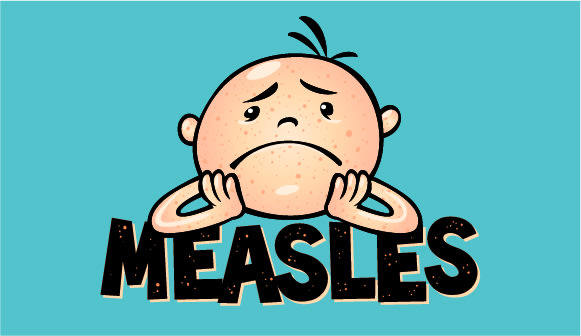How to stay safe around the playground
Tips to protect kids, from the see-saw to the slide.
Article Author: Juliette Allen
Article Date:

Playgrounds are typically filled with high-pitched laughter and squeals of delight, but every now and then, a wail of pain brings playtime to a sudden end. According to the Consumer Product Safety Commission, each year, more than 200,000 children go to U.S. hospital emergency departments with injuries associated with playground equipment.
“We always want playtime to be fun, and it can be by considering a few things to keep kids safe!” said Jessica Winberry, prevention coordinator for Safe Kids Northeast Florida, which is led by THE PLAYERS Center for Child Health at Wolfson Children’s Hospital. “Kids can’t think through these things alone, so it’s important for parents and caregivers to prioritize safety.”

Common playground injuries
In the first 10 months of 2024, Wolfson Children’s Hospital discharged 208 children with playground-related injuries, with many severe enough to warrant admission to the hospital. The most common causes of injury were (in order): trampolines, monkey bars, swings and slides.
According to Safe Kids Worldwide, falls are the most common playground injury, accounting for more than 75% of all playground-related injuries. Additionally, lack of or improper supervision is associated with around 45% of playground injuries.
Often, a situation turns from harmless to dangerous in seconds. However, the skills acquired on the playground are crucial for child development.
“Everything from strength and coordination to confidence,” said Winberry. “It’s amazing watching a child conquer a new activity that they once struggled with.”
Parents and caregivers should keep these tips in mind before the next trip to the playground:
- Actively supervise kids on playground equipment. Simply being present isn't enough. Avoid things that will distract your attention from your child, like a cell phone or too much socializing with other parents.
- Check the playground for hazards like rusted or broken equipment and dangerous surfaces. Report any hazards to the school or appropriate local office.
- Teach children that pushing, shoving or crowding while on the playground can be dangerous.
- Dress appropriately. Remove jewelry, scarves and clothing with drawstrings that could get caught on equipment, posing a strangulation hazard. If a child bikes to the playground, be sure they remove their helmet before getting on any equipment.
- Seek out playgrounds with play areas separated by age.
- Ensure safe surfacing beneath and surrounding playground equipment. Avoid playgrounds with non-impact absorbing surfaces like asphalt, concrete, grass, dirt or gravel. Look for playgrounds with sand, pea gravel, wood chips, mulch and shredded rubber. Rubber mats, synthetic turf and other artificial materials are also safe surfaces. Surfacing should be at least 12 inches deep and extend at least 6 feet in all directions around stationary equipment. For swings, surfacing should extend in the back and front, twice the height of the suspending bar.
- Check that all playgrounds are inspected and maintained by qualified personnel. Double-check with school and childcare centers to make sure playgrounds are regularly inspected and to find out when the last inspection was.
More resources for keeping kids safe
THE PLAYERS Center for Child Health at Wolfson Children’s Hospital provides child injury prevention information through Safe Kids Northeast Florida. Programs offered include car safety, water safety, infant safety, bike safety and home safety. To learn more, visit wolfsonchildrens.com/safekids.
Sources: Safe Kids Worldwide, Consumer Product Safety Commission



